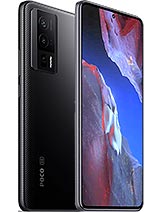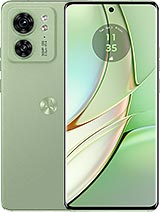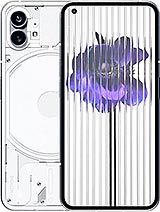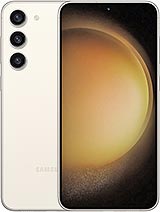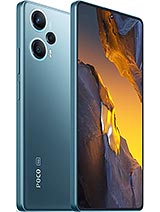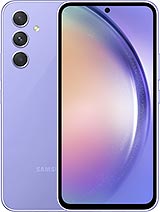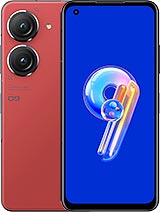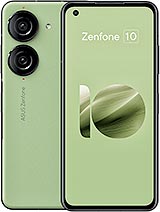Nothing Phone (2) review

Display
The Nothing Phone (2) comes with an upgraded display since the Phone (1). The new AMOLED is now larger with a 6.7-inch diagonal, but the extended 1080p resolution is the same as before. New to the Phone (2) is the dynamic 120Hz refresh rate, thanks to the LTPO panel.

So, the 6.7" OLED supports up to 120Hz refresh rate, 240Hz touch response, 10-bit color depth, and HDR10+. It should be brighter, too, with 1,000nits of maximum outdoor brightness and up to 1,600nits of peak brightness.
The screen is covered with a flat Gorilla Glass 5 panel.
We have completed our display test, and the numbers are as great as promised. We've captured 1,000 nits of maximum automatic brightness and 500 nits when controlling the brightness manually. The phone also offers over 1,400 nits in smaller white patches, so the promised 1,600 nits of peak brightness is surely achievable.
The minimum brightness we measured at point white was just 3 nits.
Color accuracy
The screen on the Nothing Phone (2) supports DCI-P3 and sRGB color spaces. You can choose between Alive and Standard color modes from Display Settings, each corresponding to DCI-P3 and sRGB respectively.
The default selection is Alive, but no matter which one you choose, the color accuracy is always outstanding with superb presentation across the board, white and gray hues included.
Refresh Rate
There are three refresh rates for the Nothing Phone (3) - Dynamic, High, Standard.

Both Dynamic and High have similar behavior, though the Dynamic one is a bit more restrictive of the maximum refresh rate possible in some apps.
When Dynamic or High refresh rate has been selected, the phone will use 120Hz for the user interface and will drop down to 10Hz for static screens. Video playback and streaming is always done at 60Hz, no matter if the video is 24fps, 30fps or 48fps. This is according to the Android's integrated refresh rate indicator, which may not be reliable if it's incompatible with Nothing's launcher.
If you are using Dynamic, this mode opts for 90Hz in apps like web browsers, YouTube UI, Netflix UI, among other apps, and this will supposedly result in better battery life.
The Standard refresh rate mode is fixed at 60Hz and does not drop down to 10Hz for idle screen.
HDR and streaming
The Nothing Phone (2) is recognized as HDR10 and HDR10+ capable smartphone by the hardware scanning apps, but neither YouTube nor Netflix recognized it as such. The maximum available option to all streaming platforms was 1080p resolution (Widevine L1) but no HDR. We hope it gets HDR support in those apps soon after launch.
Display enhancements
There is only one display enhancement on the Nothing Phone (2), and it's called HDR display. This increases the maximum achievable peak brightness for HDR content, but it also increases battery consumption.
Haptic feedback
The Nothing Phone (2) has superb haptic feedback - it is among the best we've experienced; with pleasant haptics, you can feel at the exact spot where you've tapped.
Battery life
The Nothing Phone (2) has a slightly larger battery than Phone (1) - 4,700mAh vs. 4,500mAh. Together with the more efficient display and chipset, the Phone (2) should deliver an even better battery life than Phone (1).
In our Active Use Test, the Nothing Phone (2) scored outstanding times across the board. The Galaxy S23+ is close, though the Phone (2) is still better.
Expand to reveal our legacy battery test (Endurance rating). How we test now.
The Phone (2) scored a total endurance rating of 103h, with great call times and thoroughly impressive Scree-On-Times. It can last over a day on calls, nearly 18 hours on web browsing, and over 23 hours when playing videos.
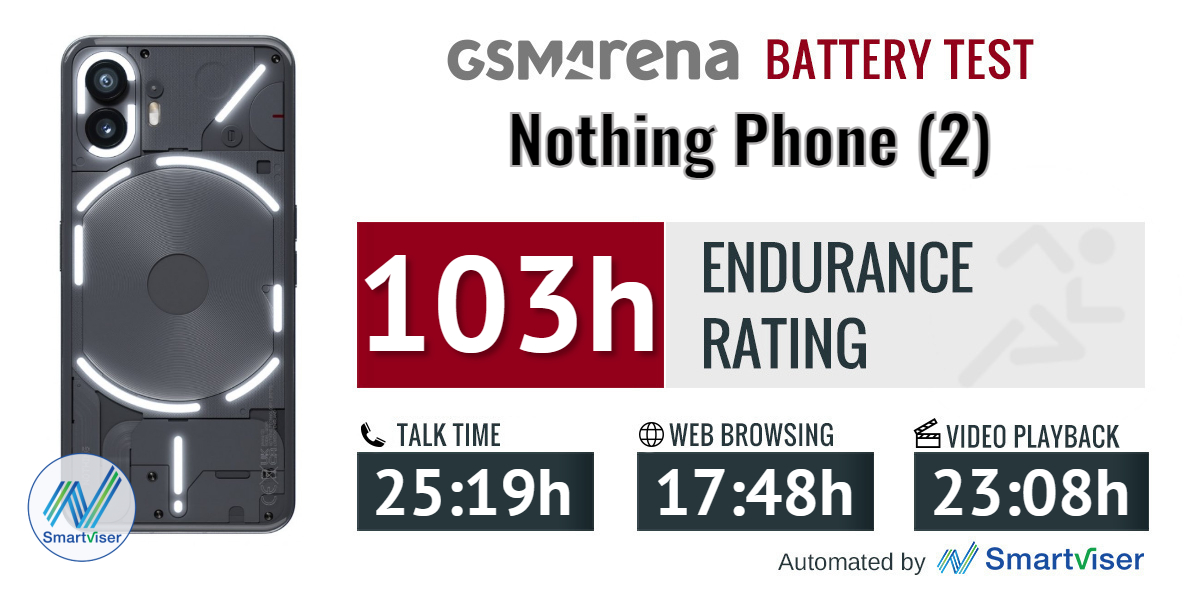
Our battery tests were automated thanks to SmartViser, using its viSerDevice app. The endurance rating denotes how long the battery charge will last you if you use the device for an hour of telephony, web browsing, and video playback daily. More details can be found here.
The standby power consumption was average - 1% drop every 3 hours or so.
Video test carried out in 60Hz refresh rate mode. Web browsing test done at the display's highest refresh rate whenever possible. Refer to the respective reviews for specifics. To adjust the endurance rating formula to match your own usage patterns check out our all-time battery test results chart where you can also find all phones we've tested.
Charging speed
The Nothing Phone (2) supports 45W fast wired charging, up from 33W on the Phone (1). You can use any PD/PPS charger with a USB-C port as the Phone (2) ships without one. We used the new 45W UGREEN charger, which is quite small, has two ports, and matches the Phone (2) charging specs.

Five minutes on that charger replenished 11% of the Phone (2) dead battery, while 15 minutes gave us 32% of charge. We captured 58% of charge on the 30min mark.
Nothing advertises a full charge in 55 minutes with a compatible adapter. And our test was quite close - we saw 96% of charge in 55 minutes, while the full charge took 64 minutes.
The Phone (2) also supports 15W wireless charging, and you can also wirelessly reverse charge devices on its back. All you need to do is turn on Battery Share from within the battery settings. You will get a cool Glyph indicator when Battery Share is active.
Speakers - loudness and quality
The Nothing Phone (2) has a stereo speaker setup of the hybrid variety - the front-facing earpiece doubles as a speaker, and there is another one, louder and with more bass, bottom-facing, near the USB port.

While the earpiece is indeed quieter and lacks bass, when we listen to music, watched videos, or played games - the sound was quite balanced and rich, so we have no complaints of the setup and its balance.
The speakers on the Nothing Phone (2) scored a Very Good mark for loudness, and we can confirm they do sound quite loud in real life. The audio quality is good - there is some bass, the vocals are alright, and the high notes are well present. The sound could have been a bit richer, but we've heard far worse, so let's not go nitpicking.
Use the Playback controls to listen to the phone sample recordings (best use headphones). We measure the average loudness of the speakers in LUFS. A lower absolute value means a louder sound. A look at the frequency response chart will tell you how far off the ideal "0db" flat line is the reproduction of the bass, treble, and mid frequencies. You can add more phones to compare how they differ. The scores and ratings are not comparable with our older loudspeaker test. Learn more about how we test here.
Reader comments
- Anonymous
- 28 Sep 2024
- nwR
Used the Nothing Phone (2) for two weeks now; it's AMAZING. I have no issues with it, no lag in day-to-day usage, haven't experienced any glitches in the OS, Nothing customer service is great as well (at least in warranty inquiries). Defini...
- Anonymous
- 28 Sep 2024
- nwR
Source: trust me

